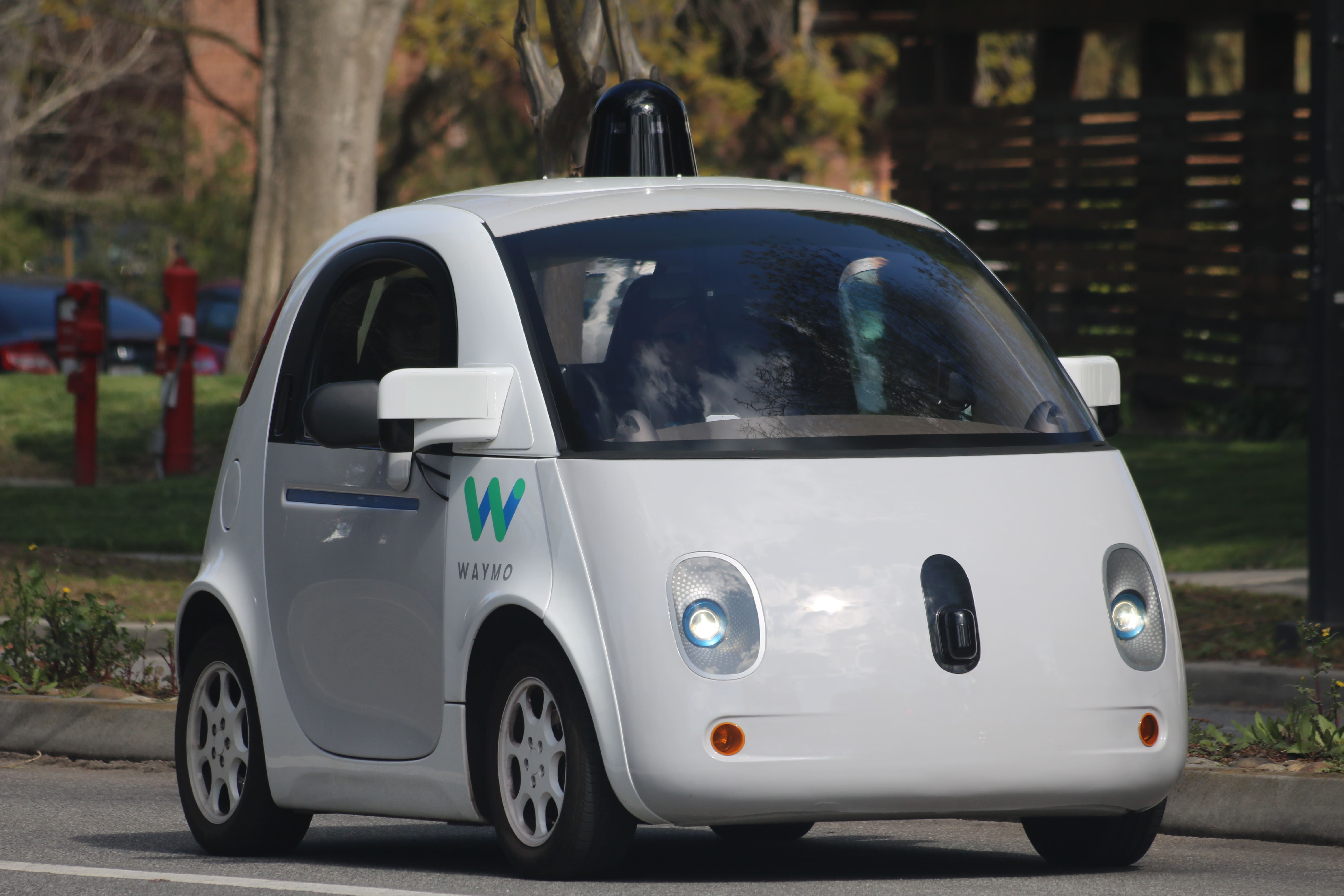Which is the fastest-growing sector of the workforce? Baby boomers, millennials…? No, it’s robots. Workplace robots are featured in almost every sector of business; from fruit picking to brain surgery, and from stacking shelves to bomb disposal.
Robots can perform boring, repetitive tasks, fast and reliably, without getting tired. Like postage stamps they stick to it until they get there. They can complete dangerous activities, that are best delegated, and they don’t mind skipping tea breaks and working weekends.
Like all good workers, they have climbed their way up the greasy pole, from the shop floor. Robots first joined the workplace in 1956, when a robot called ‘Unimate’ helped to make cars for General Motors. Now, more than 60 years later, robots are driving the cars. They use sensors to help us drive and park safely and can even drive the car completely on their own, leaving you free to enjoy the ride!
The increasing integration of robots into the workplace brings one question to mind…. do robots have appropriate workplace etiquette? Unlike Marty, some robots don’t know how to behave properly! Therefore, scientists at MIT’s Computer Science and Artificial Intelligence Laboratory have developed a new framework, CommPlan, to help robots make a good impression on their co-workers and, of course, their boss. The robots are able to weigh up different situations, deciding who they should speak to, when they should talk, when to be quiet and, of course, not to gossip. The scientists are developing their framework further, so the robots can express appropriate visual gestures.
What does the future hold for workplace automation? Should we worry that all of our jobs are going to be outsourced to robots, leaving us unemployed? In the beginning, workplace robots were mainly pre-programmed industrial machines, that didn’t need human intervention, other than the odd repair. They were best suited to manual, repetitive jobs and indeed have taken many of these jobs away from humans. However, this has freed humans to do more meaningful, creative, and innovative work, improving job satisfaction and salary. Increasingly, work-place robots are designed to interact with humans, like Marty does, rather than substitute them. The interaction can take different forms; tele-operated robots controlled remotely by humans, ‘augmenting robots’ worn as exoskeletons to enhance human capabilities, or completely autonomous social robots. So, no we shouldn’t be worried about robots joining us at work – they are co-workers rather than strike-breakers.
Coding is the backbone of workplace robotics. Behind every great robot is a great coder. That’s where Marty comes in. Learning coding from a young age can allow children to thrive in this new digital world. Marty teaches young people to write code, giving them the skills to programme new robots that can, in turn, support humans; a synergistic co-existence where humans and robots learn from and help each other. Maybe, during breaks, Marty could even teach us some of his famous dance moves!




Other posts you may like
Why Probeware Matters in Science Education
In today’s classrooms, hands-on learning is essential. Students learn best when they can see, measure, test, and experience concepts directly. That’s where probeware comes in. By giving learners the tools...
Raspberry Pi and Marty the Robot
Marty doesn’t require a Raspberry Pi to be programmable in unplugged mode, Blocks Jr, Blocks, or python, but it is super-easy to add a Raspberry Pi computer to Marty the…
The Importance of Physical Computing: Why Hands On Coding Matters
What is physical computing? Physical computing is the use of code to control and interact with devices in the real world. Instead of running programs only on a screen, students...
TRY MARTY
FOR FREE
Are you looking for new STEM resources for your classroom? Robotical are loaning Marty the Robot to schools for no-obligation, 2 week trials.